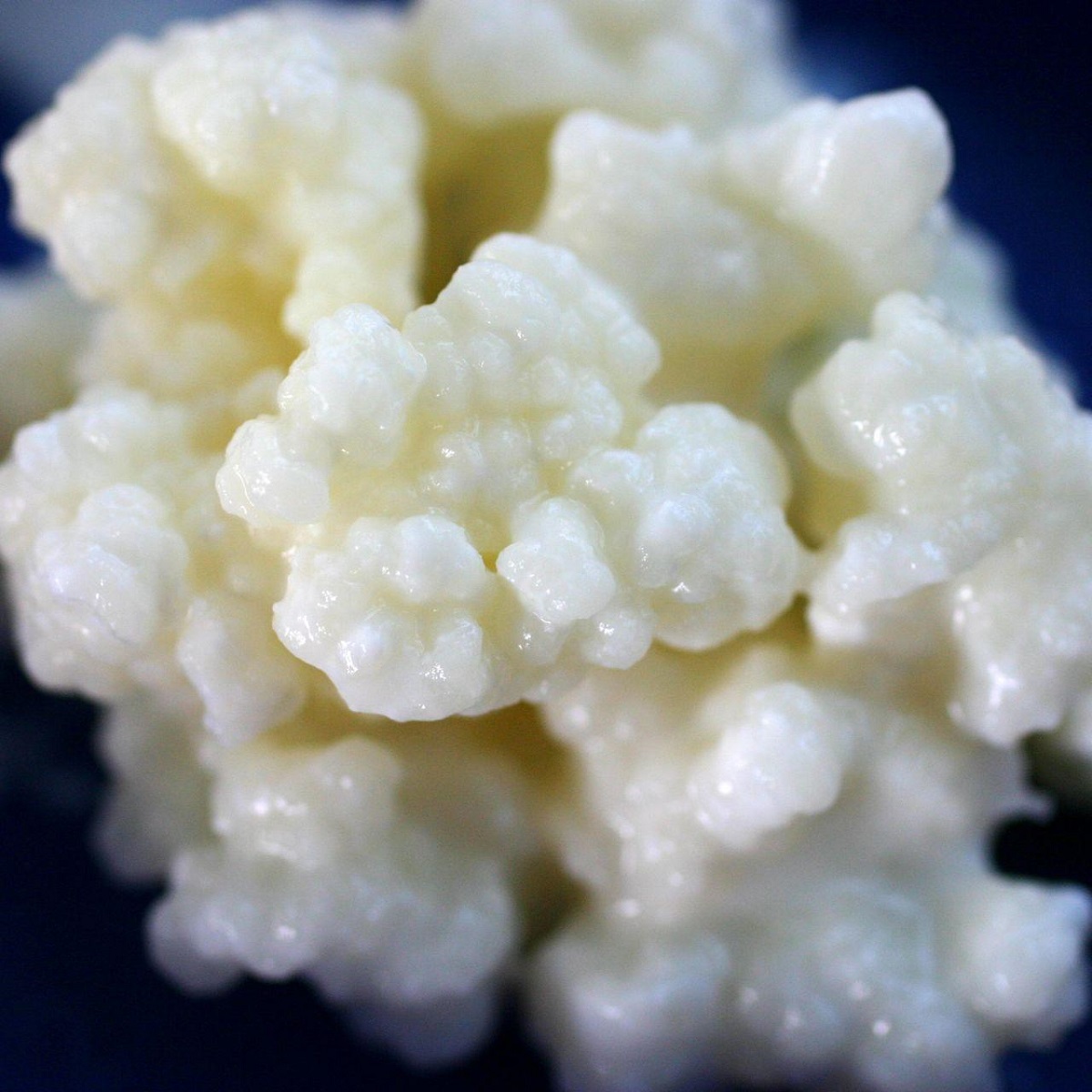

Articles
How To Store Kefir Grains Without Milk
Modified: February 23, 2024
Learn how to store kefir grains without milk with our informative articles. Discover alternative methods for preserving your kefir grains and maintaining their vitality.
(Many of the links in this article redirect to a specific reviewed product. Your purchase of these products through affiliate links helps to generate commission for Storables.com, at no extra cost. Learn more)
Introduction
When it comes to making delicious and nutritious kefir, having a fresh supply of kefir grains is crucial. Kefir grains are the symbiotic culture of bacteria and yeasts that ferment milk or other liquids to produce kefir. While most people store their kefir grains in fresh milk, there are instances where storing kefir grains without milk becomes necessary.
Whether you need to take a break from making kefir or want to share your kefir grains with friends or family, knowing how to store kefir grains without milk is essential. In this article, we will explore various methods that you can use to store kefir grains without milk while keeping them healthy and ready for future use.
Key Takeaways:
- Storing kefir grains without milk offers flexibility for breaks, dietary preferences, sharing, and experimentation with different liquids, providing long-term viability and diverse fermentation options.
- Methods such as drying, sugar water, freezing, dehydrating, and coconut water storage allow for extended kefir grain preservation, each offering unique benefits and flavors for future fermentation endeavors.
Read more: How To Store Milk Kefir Grains
Why Store Kefir Grains Without Milk?
Storing kefir grains without milk can be beneficial for several reasons. Let’s take a closer look at why you might choose to store your kefir grains without using milk:
- Temporary break: Perhaps you need to take a break from making kefir but don’t want your kefir grains to go to waste. Storing them without milk allows you to keep them alive and viable until you’re ready to start fermenting again.
- Dietary preferences or restrictions: Some individuals may have dietary restrictions or preferences that prevent them from consuming dairy products. Storing kefir grains without milk provides an alternative way to maintain the grains without using dairy-based liquids.
- Sharing or gifting kefir grains: If you have an abundant supply of kefir grains, you may want to share them with friends, family, or fellow kefir enthusiasts. Storing them without milk makes it easier to package and pass the grains along to others for them to start their own kefir-making journey.
- Experimentation: Storing kefir grains without milk opens up opportunities for experimentation with different liquids and flavors. You can explore the world of water kefir, coconut water kefir, or other non-dairy liquids to create unique and exciting fermented beverages.
Now that we understand the reasons behind storing kefir grains without milk, let’s explore some of the methods you can use to successfully store them while maintaining their health and viability.
Method 1: Drying Kefir Grains
Drying kefir grains is one of the most common methods used to store them for extended periods without the need for milk or any other liquid. This method involves removing all moisture from the grains, effectively putting them into a dormant state until they are ready to be used again. Here’s how you can dry kefir grains:
- Strain and rinse: Start by straining your kefir grains to separate them from the kefir. Rinse them gently with cool, non-chlorinated water to ensure they are free from any milk residue.
- Spread on a non-stick surface: Place the rinsed kefir grains on a non-stick surface like a silicone mat or a parchment paper-lined tray. Make sure to spread them out in a single layer to allow for even drying.
- Air dry: Leave the kefir grains to air dry at room temperature for 24 to 48 hours. Avoid direct sunlight or high heat sources, as this can damage the grains.
- Store in an airtight container: Once the kefir grains are completely dry and breakable, transfer them to an airtight container such as a glass jar or a resealable plastic bag. Ensure that the container is clean and dry before storing the grains.
- Store in a cool and dark place: Place the airtight container with the dried kefir grains in a cool, dark place like a pantry or a refrigerator. This will help preserve the grains’ quality and prolong their shelf life.
This method allows you to store kefir grains for an extended period, even up to several years. When you’re ready to use the dried kefir grains, simply rehydrate them by soaking them in fresh milk or another suitable liquid for a few hours or overnight. The grains will absorb the moisture and become viable for fermentation once again.
It’s important to note that the dried kefir grains may take a few fermentation cycles to fully revive and regain their original activity. Therefore, be patient and give them some time to adapt to the fermentation process again.
Drying kefir grains is an excellent method for long-term storage and can be a convenient option if you need a break or want to share the grains with others. However, if you prefer to store the kefir grains in a liquid medium, there are other methods you can explore. Let’s take a look at another method: storing kefir grains in sugar water.
Method 2: Storing Kefir Grains in Sugar Water
If you prefer to store your kefir grains in a liquid medium, storing them in sugar water is a viable option. The sugar water provides a source of nutrients for the kefir grains and helps keep them alive and active during storage. Here’s how you can store kefir grains in sugar water:
- Prepare the sugar water solution: In a clean jar or container, mix one cup of filtered water with one tablespoon of sugar. Stir well until the sugar is completely dissolved. You can use white sugar, brown sugar, or organic cane sugar.
- Add kefir grains: Once the sugar water solution is ready, add your kefir grains to the jar. Make sure the kefir grains are fully submerged in the sugar water.
- Cover and store: Seal the jar with a tight-fitting lid or a breathable cover. Store the jar at room temperature away from direct sunlight. Avoid extreme temperatures and fluctuations.
- Regular maintenance: Every 24-48 hours, drain the sugar water solution and refresh it with a new batch of sugar water. This ensures that the kefir grains have a fresh supply of nutrients and prevents the growth of unwanted bacteria.
Storing kefir grains in sugar water allows them to remain active and viable for several weeks or even months, depending on the conditions. However, it’s important to note that the grains may lose some of their potency over time, so it’s best to use them for fermentation or transfer them to fresh milk periodically to revitalize them.
When you’re ready to use the kefir grains from the sugar water storage, simply strain them and rinse them with fresh water before transferring them to fresh milk or the desired medium for fermentation. This will help remove any residual sugar and ensure a clean start for your kefir-making process.
Storing kefir grains in sugar water is a convenient way to maintain their vitality while avoiding the use of milk. However, if you’re looking for alternative methods of storing kefir grains, we have a few more options to explore. Let’s move on to method 3: freezing kefir grains.
After straining kefir grains, rinse them with filtered water and store them in a clean, airtight container in the refrigerator with a small amount of water. Change the water every 1-2 weeks to keep the grains healthy.
Method 3: Freezing Kefir Grains
Freezing kefir grains is another effective method for long-term storage. Freezing slows down the metabolic activity of the grains, keeping them in a state of dormancy until you’re ready to use them again. Here’s how you can freeze kefir grains:
- Strain and rinse the kefir grains: Start by straining the kefir grains to separate them from the kefir. Rinse them gently with cool, non-chlorinated water to ensure they are clean and free from any milk residue.
- Pat them dry: Use a clean towel or paper towels to gently pat the kefir grains dry. Remove as much moisture as possible before freezing.
- Portion and package: Divide the kefir grains into small portions based on your needs. Place each portion in an airtight container or a freezer-safe bag. Make sure to remove all excess air from the container or bag to prevent freezer burn.
- Label and date: It’s important to label each container or bag with the date of freezing. This will help you keep track of how long the kefir grains have been in the freezer.
- Freeze: Place the containers or bags of kefir grains in the freezer. Keep them in a part of the freezer where they won’t be disturbed or crushed.
When you’re ready to use the frozen kefir grains, simply thaw them by transferring them to the refrigerator or leaving them at room temperature for a few hours. Avoid using hot water or microwave thawing methods, as they can damage the grains.
After thawing, it’s normal for the kefir grains to appear slightly different in texture or color. They may take a few fermentation cycles to regain their full activity. Begin by fermenting the thawed kefir grains in a small batch of fresh milk to revitalize them before using them for larger batches.
Freezing kefir grains is an excellent option if you need to store them for an extended period. However, it’s important to note that some strains of kefir grains may not survive the freezing and thawing process as well as others. It’s best to test a small portion of your kefir grains before freezing the entire batch.
Now that we’ve explored several methods of storing kefir grains without milk, let’s move on to method 4: dehydrating kefir grains.
Read more: How To Store Kefir
Method 4: Dehydrating Kefir Grains
Dehydrating kefir grains is another effective method to store them without the need for milk or any other liquid. Dehydration removes moisture from the grains, preserving their vitality and allowing for long-term storage. Here’s how you can dehydrate kefir grains:
- Strain and rinse: Start by straining your kefir grains to separate them from the kefir. Rinse them gently with cool, non-chlorinated water to ensure they are clean and free from any milk residue.
- Pat them dry: Use a clean towel or paper towels to gently pat the kefir grains dry. Remove as much moisture as possible to aid in the dehydration process.
- Spread on a dehydrator tray or baking sheet: Lay the kefir grains in a single layer on a dehydrator tray or a baking sheet lined with parchment paper. Make sure the grains are evenly spread out and not touching one another.
- Dehydrate: Place the tray in a dehydrator or set the oven to its lowest temperature. Dehydrate the kefir grains for 12 to 24 hours, or until they are completely dry and brittle. Stir or flip the grains occasionally for even drying.
- Store in an airtight container: Once the kefir grains are dried, transfer them to an airtight container such as a glass jar or a resealable bag. Ensure that the container is clean and dry before storing the grains.
- Keep in a cool and dry place: Store the dehydrated kefir grains in a cool, dry place away from direct sunlight. This will help preserve their quality and extend their shelf life.
When you’re ready to use the dehydrated kefir grains, rehydrate them by soaking them in fresh milk or a suitable liquid for a few hours or overnight. The grains will absorb the moisture and become viable for fermentation again.
It’s important to note that dehydrated kefir grains may take a few fermentation cycles to fully revive and regain their original activity. Be patient and allow them some time to adapt to the fermentation process.
Dehydrating kefir grains is an efficient method for long-term storage, especially if you don’t have access to milk or prefer not to use it. However, if you’re looking for alternative methods to store kefir grains, we have one more option to explore: storing kefir grains in coconut water.
Method 5: Storing Kefir Grains in Coconut Water
If you’re looking for a non-dairy alternative to store your kefir grains, storing them in coconut water is a flavorful and nutritious option. Coconut water provides essential nutrients and natural sugars that support the health of kefir grains. Here’s how you can store kefir grains in coconut water:
- Choose high-quality coconut water: Select a brand of coconut water that is natural, unsweetened, and free from additives or preservatives. Look for brands that contain 100% pure coconut water.
- Prepare the coconut water: Pour the coconut water into a clean glass jar or container. Ensure there is enough to fully submerge the kefir grains.
- Add the kefir grains: Gently place the kefir grains into the jar of coconut water. Make sure the grains are fully submerged in the liquid.
- Seal and store: Seal the jar with a tight-fitting lid or a breathable cover. Store the jar at room temperature, away from direct sunlight.
- Maintain and refresh the liquid: Every 24-48 hours, drain the coconut water and replace it with fresh coconut water. This ensures that the kefir grains have a fresh supply of nutrients.
Storing kefir grains in coconut water allows them to thrive and produce a unique and refreshing coconut-flavored kefir. The fermentation process will infuse the coconut water with probiotics and other beneficial compounds, resulting in a delicious and healthy beverage.
When you’re ready to use the kefir grains from the coconut water storage, strain them and rinse them with fresh non-chlorinated water before transferring them to a new batch of coconut water or another liquid medium for fermentation.
It’s important to note that storing kefir grains in coconut water for extended periods may alter their characteristics and flavor. If you plan to switch back to fermenting in milk, transition the grains gradually by fermenting them in a mixture of coconut water and milk to ensure their viability.
Now that we’ve covered several methods of storing kefir grains without milk, you have a variety of options to choose from. Whether you prefer drying, using sugar water, freezing, dehydrating, or using coconut water, these methods allow you to maintain your kefir grains’ health and viability until you’re ready to use them again.
Experiment with different methods and find the one that works best for you. Remember to follow proper hygiene practices and maintain clean equipment throughout the storage process to ensure the health and quality of your kefir grains.
Enjoy the process of storing and using your kefir grains, and continue to enjoy the benefits of homemade kefir for years to come!
Conclusion
Storing kefir grains without milk is essential in various situations, from taking a break to accommodating dietary preferences or simply sharing the grains with others. We have explored several effective methods for storing kefir grains without milk, each offering its own advantages.
Drying kefir grains is a common method that allows for long-term storage, while rehydration is necessary before using the grains again. Storing kefir grains in sugar water provides an alternative liquid medium for their vitality and can last for weeks or months with regular maintenance. Freezing kefir grains is an excellent option for long-term storage, although it’s important to consider the strain’s viability. Dehydrating kefir grains removes moisture entirely, allowing for long-term storage and easy rehydration when needed. Lastly, storing kefir grains in coconut water adds a unique flavor and provides a non-dairy option for maintaining their health.
As you explore these different methods, be sure to follow proper hygiene practices and keep your equipment clean to preserve the health and quality of your kefir grains. It’s also important to note that kefir grains may require a few fermentation cycles to fully adapt and regain their original activity after storage.
Choose the method that aligns with your preferences and needs, and enjoy the versatility of kefir grains in different storage mediums. Whether you’re taking a break, accommodating dietary restrictions, or sharing your kefir grains, these methods will ensure that your grains remain healthy and ready for future use.
Continue to experiment with different techniques and flavors to make the most of your kefir-making journey. The world of kefir offers endless possibilities, and with the knowledge of how to store kefir grains without milk, you can enjoy the benefits of this delicious and nutritious beverage whenever you desire.
Frequently Asked Questions about How To Store Kefir Grains Without Milk
Was this page helpful?
At Storables.com, we guarantee accurate and reliable information. Our content, validated by Expert Board Contributors, is crafted following stringent Editorial Policies. We're committed to providing you with well-researched, expert-backed insights for all your informational needs.
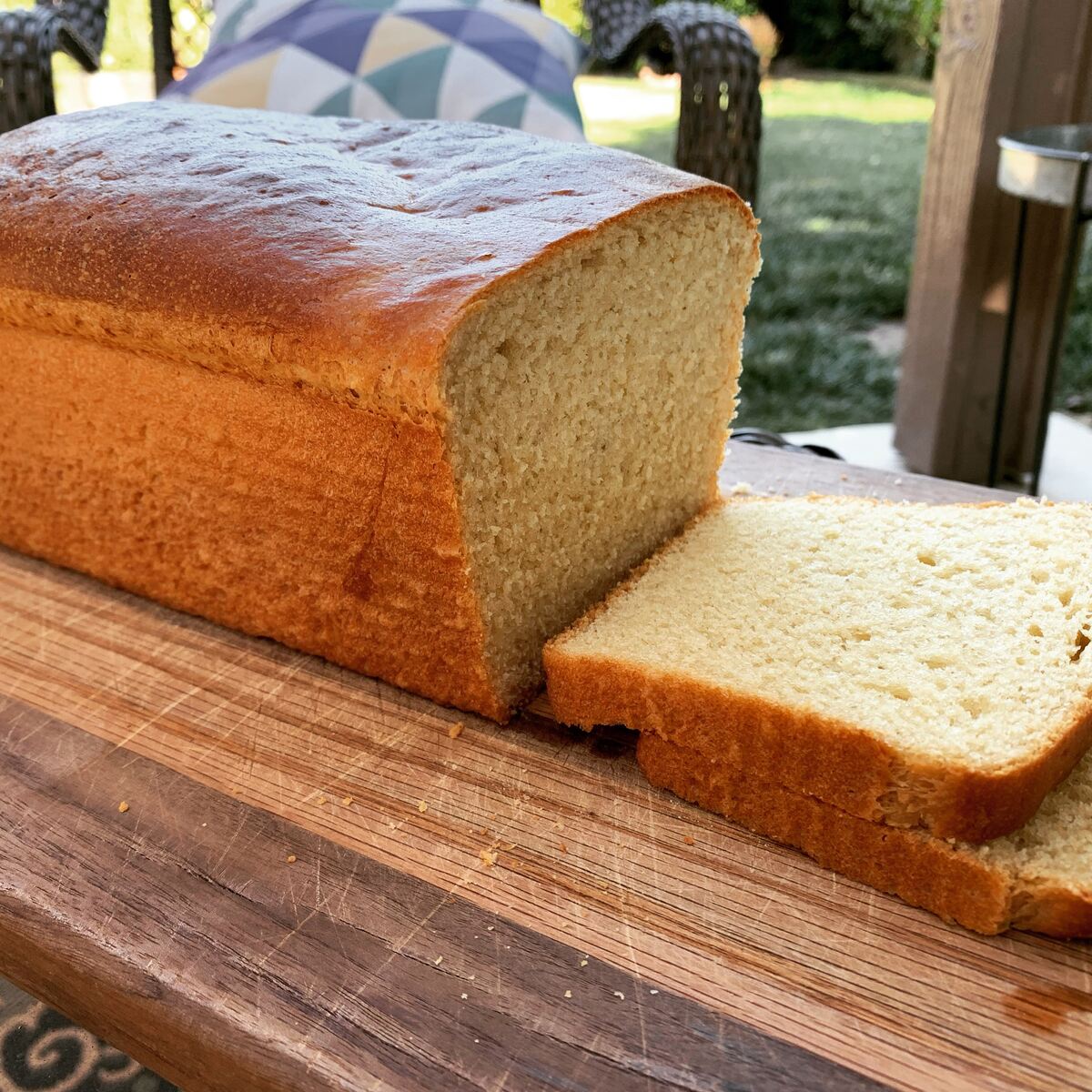
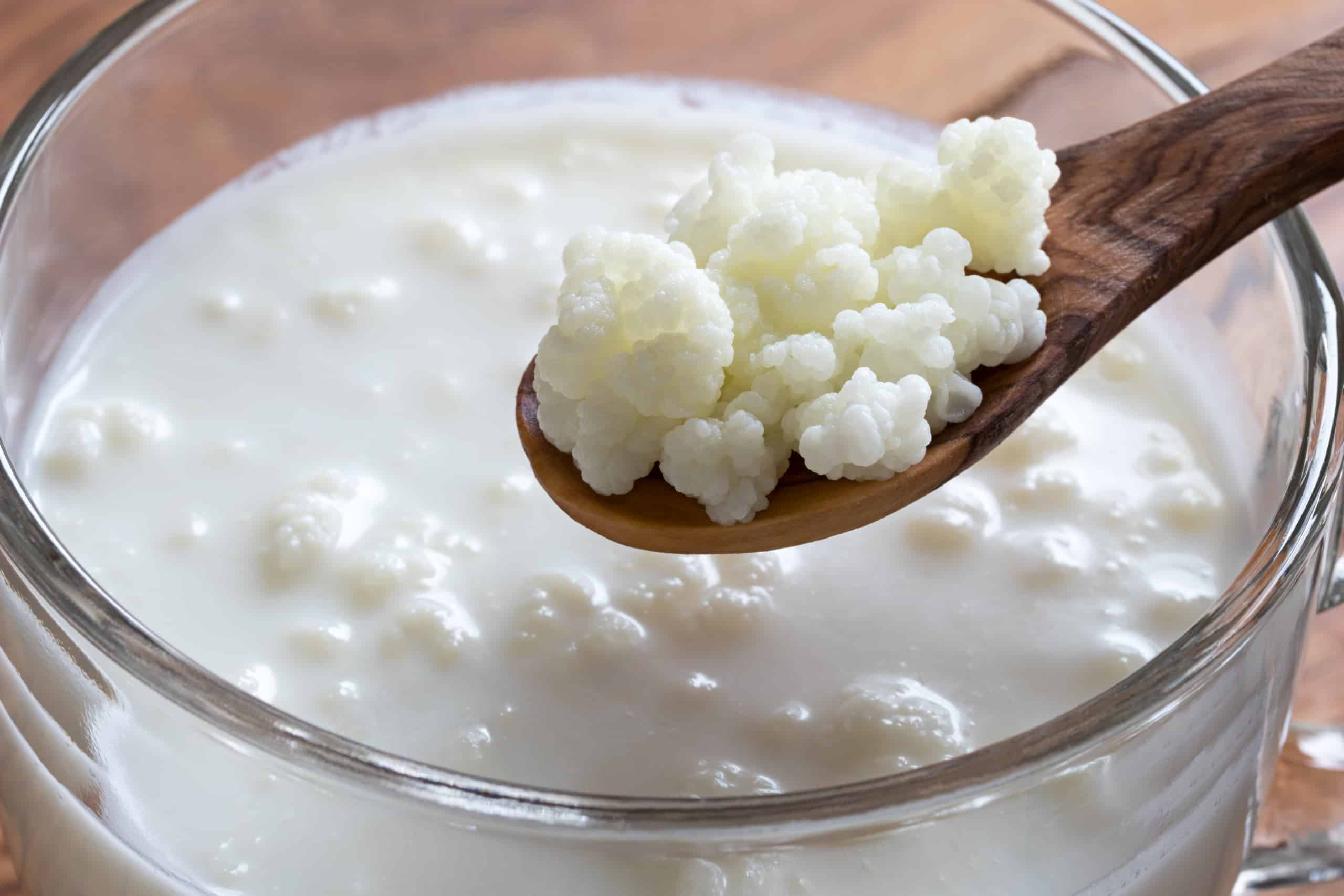

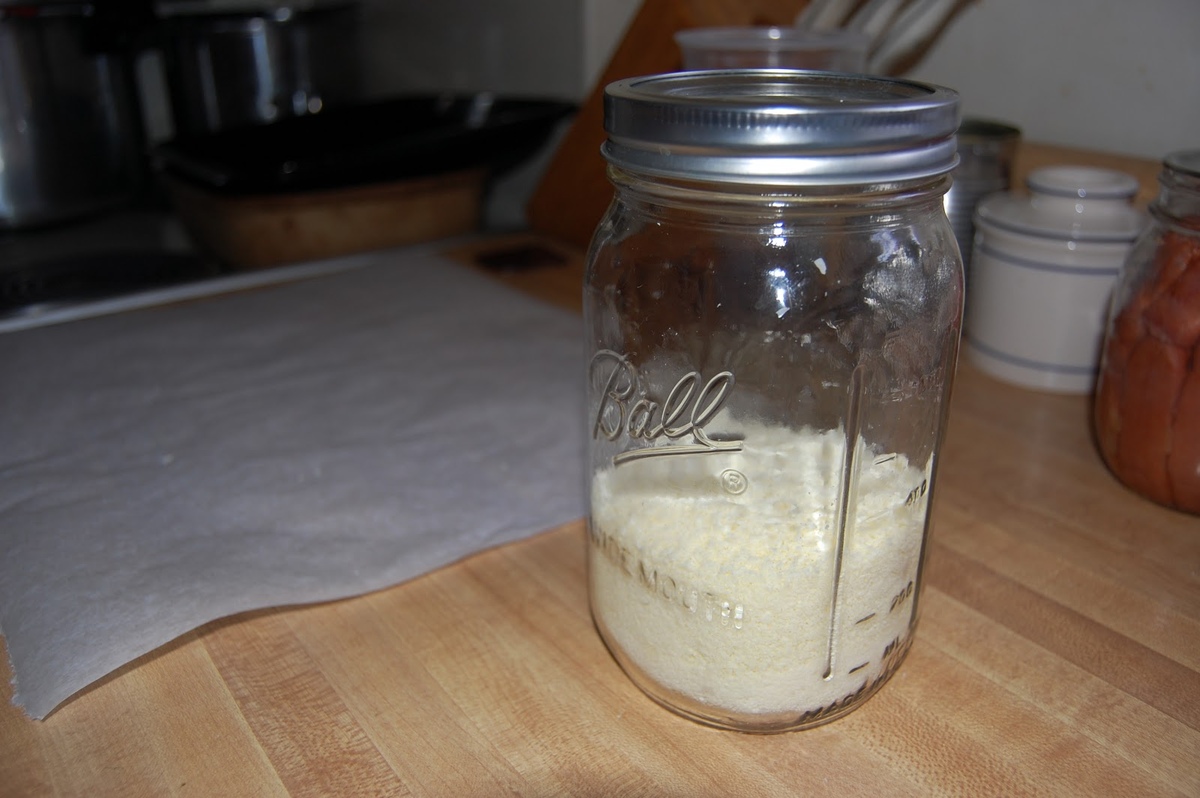
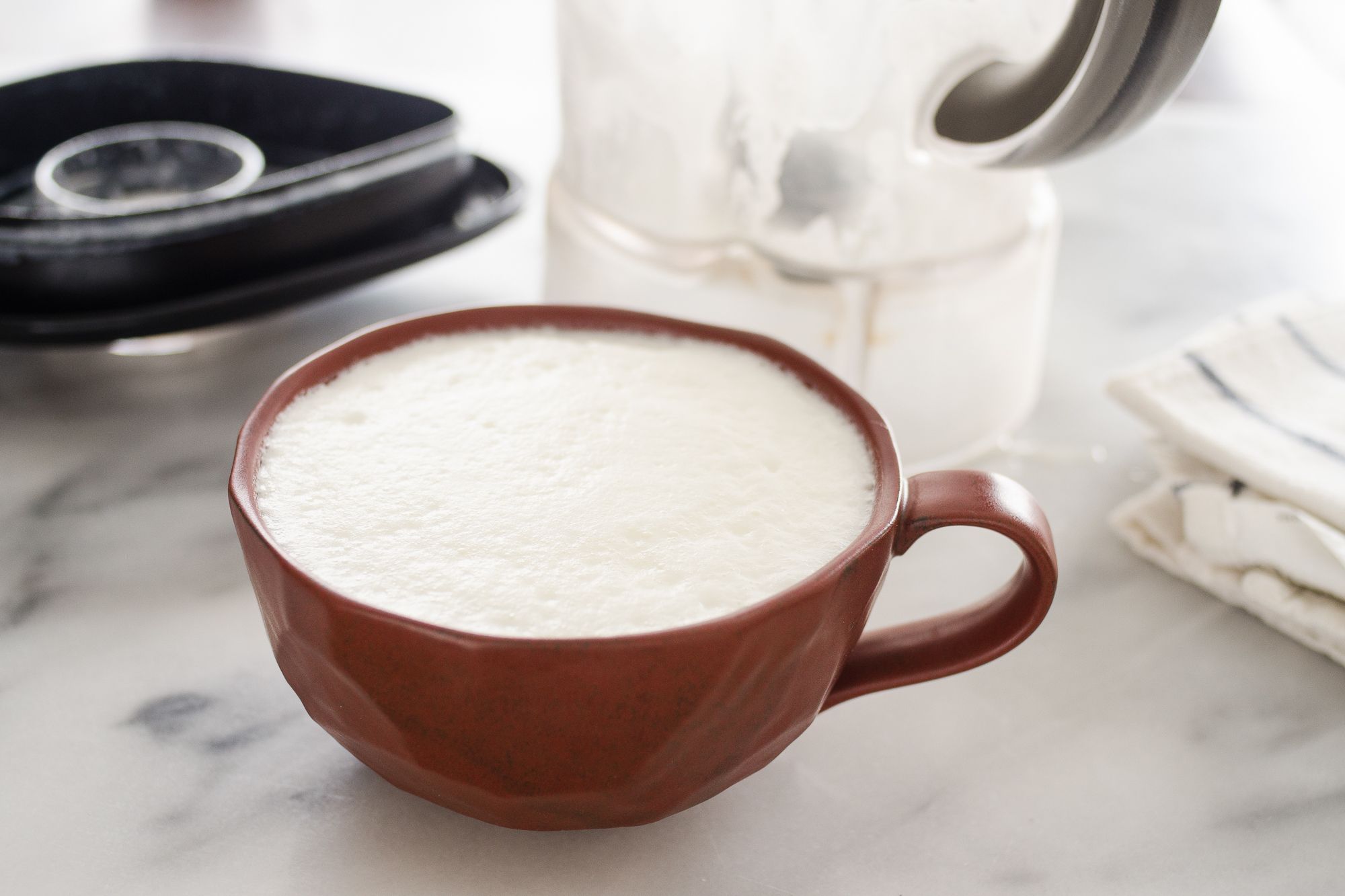

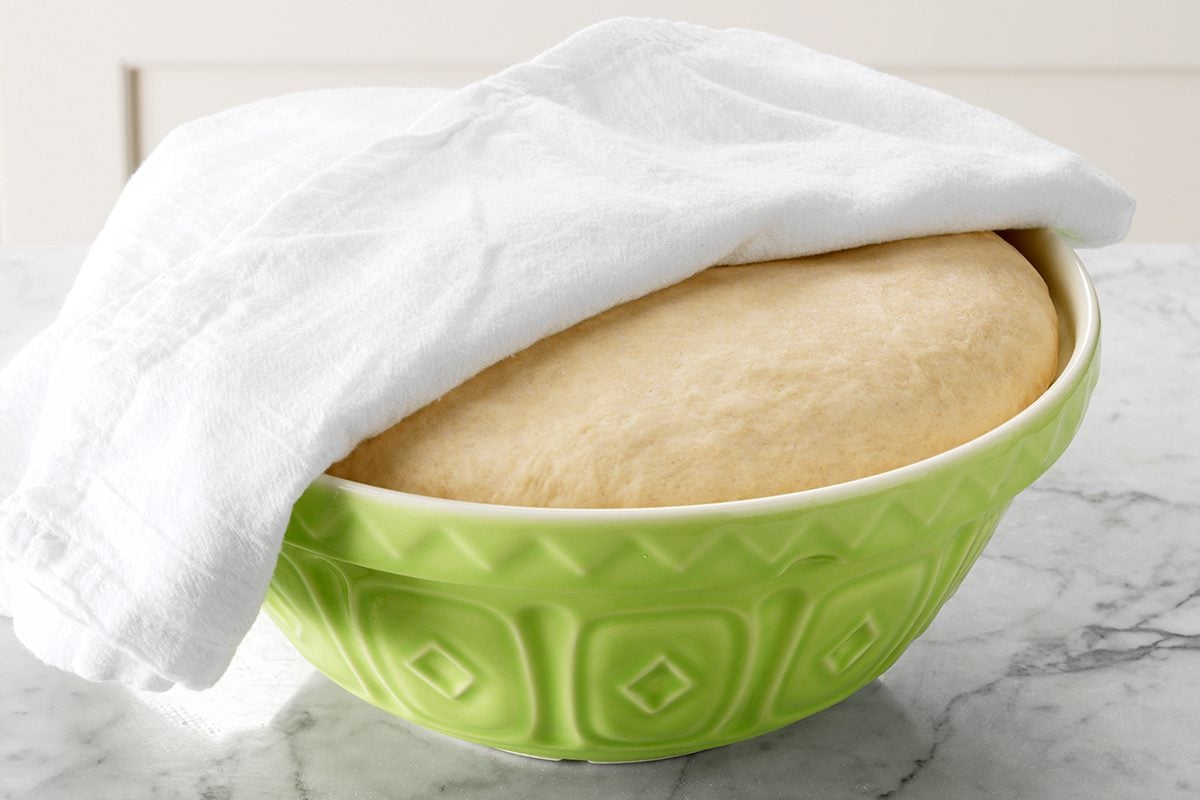
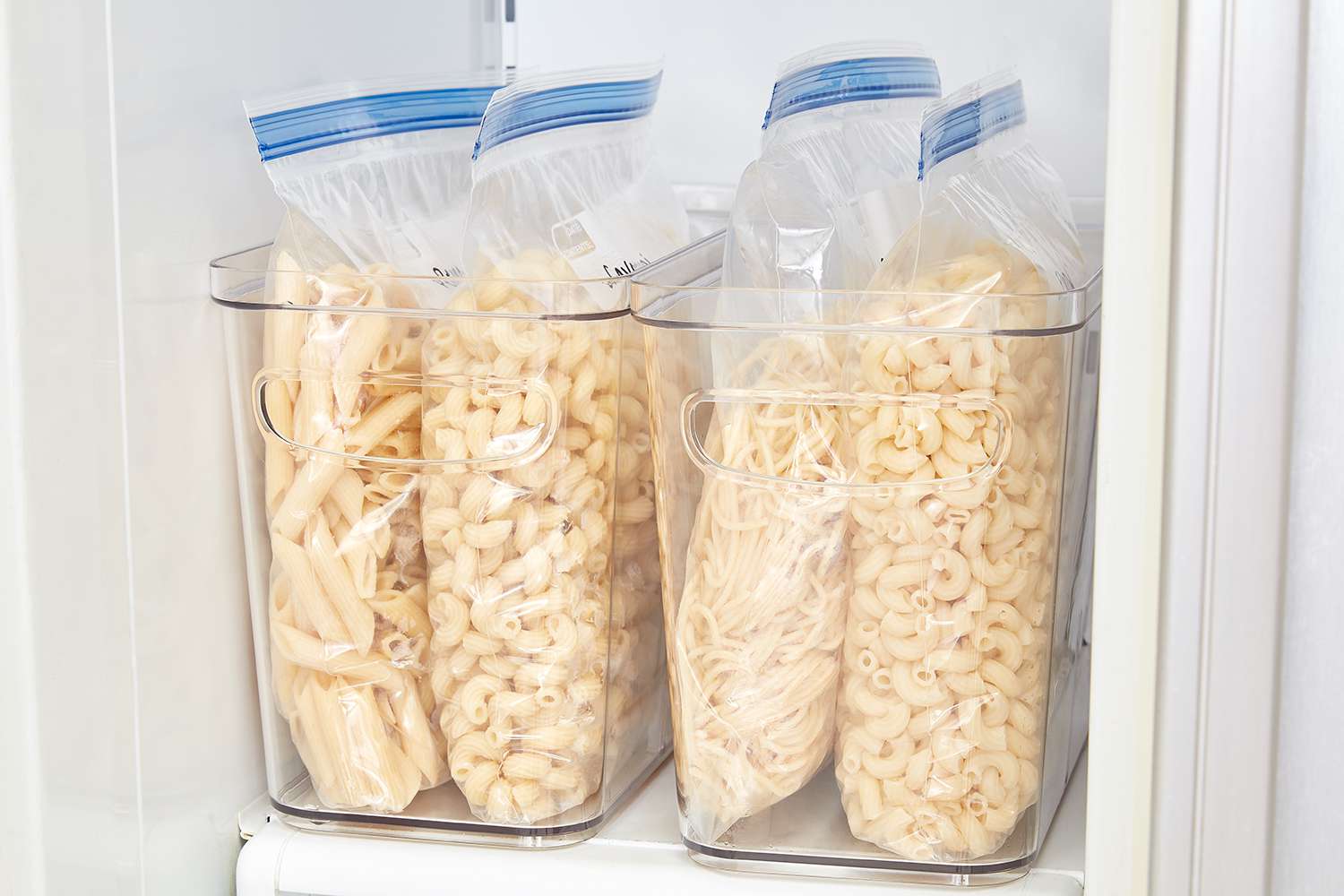
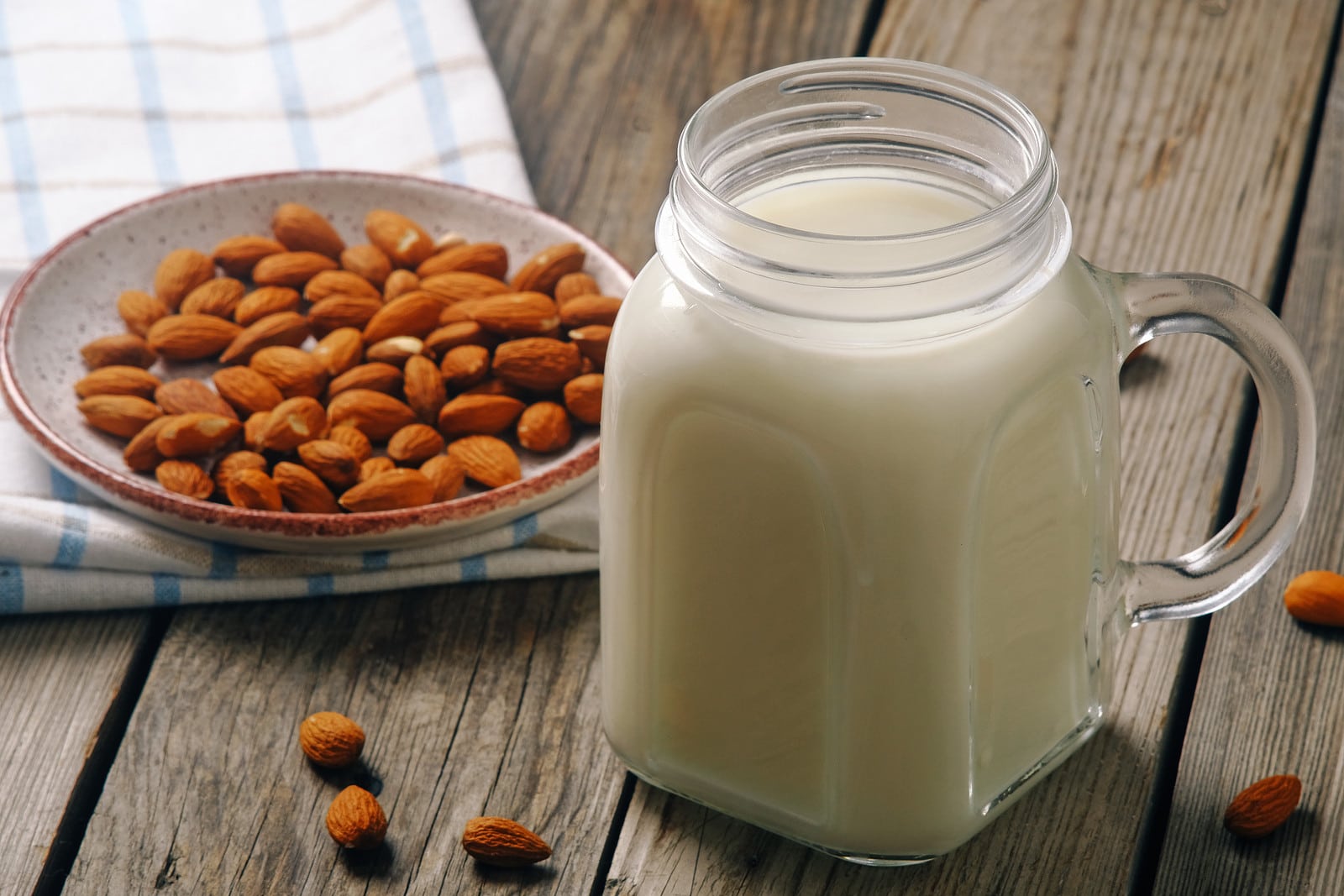

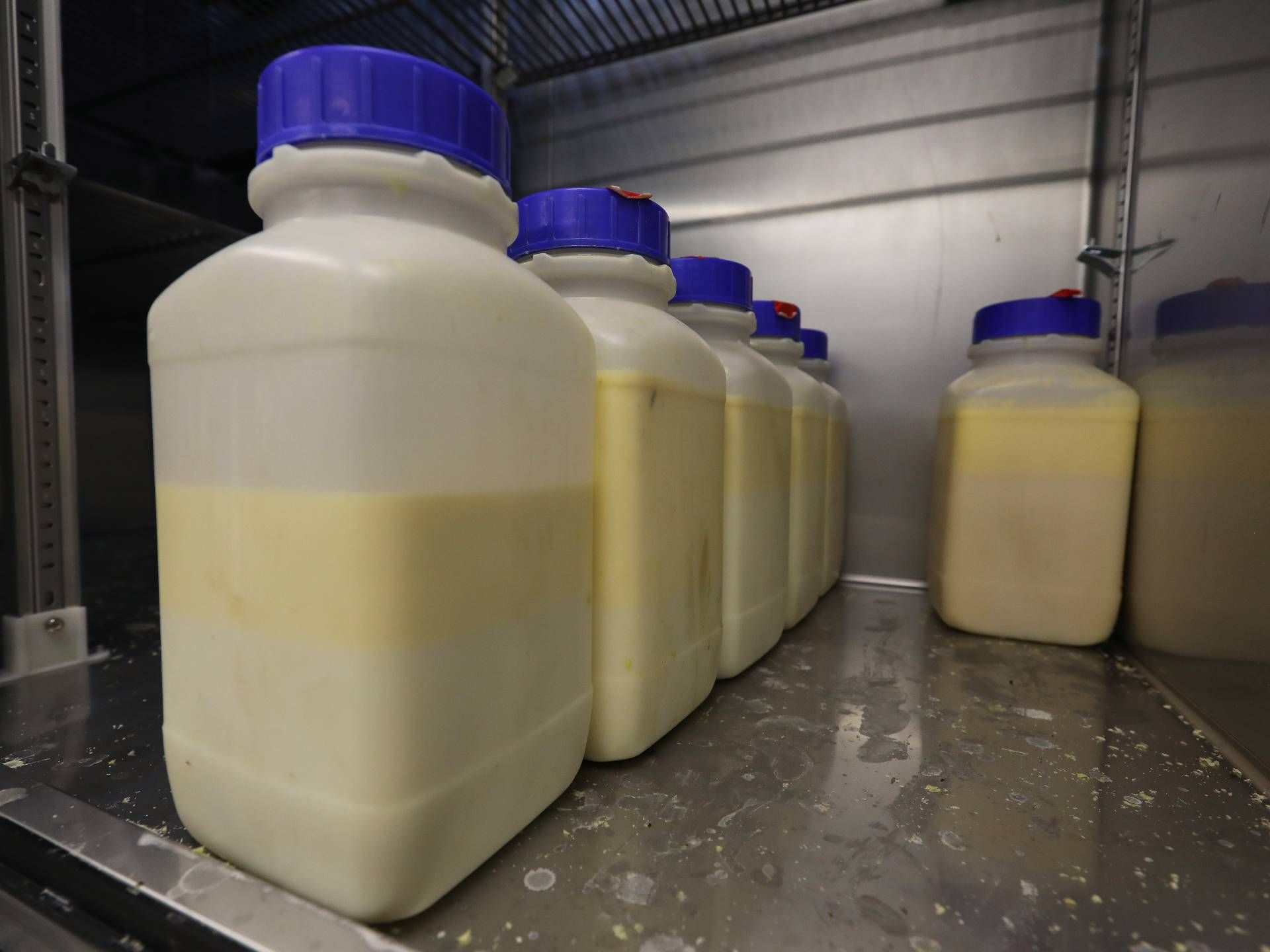
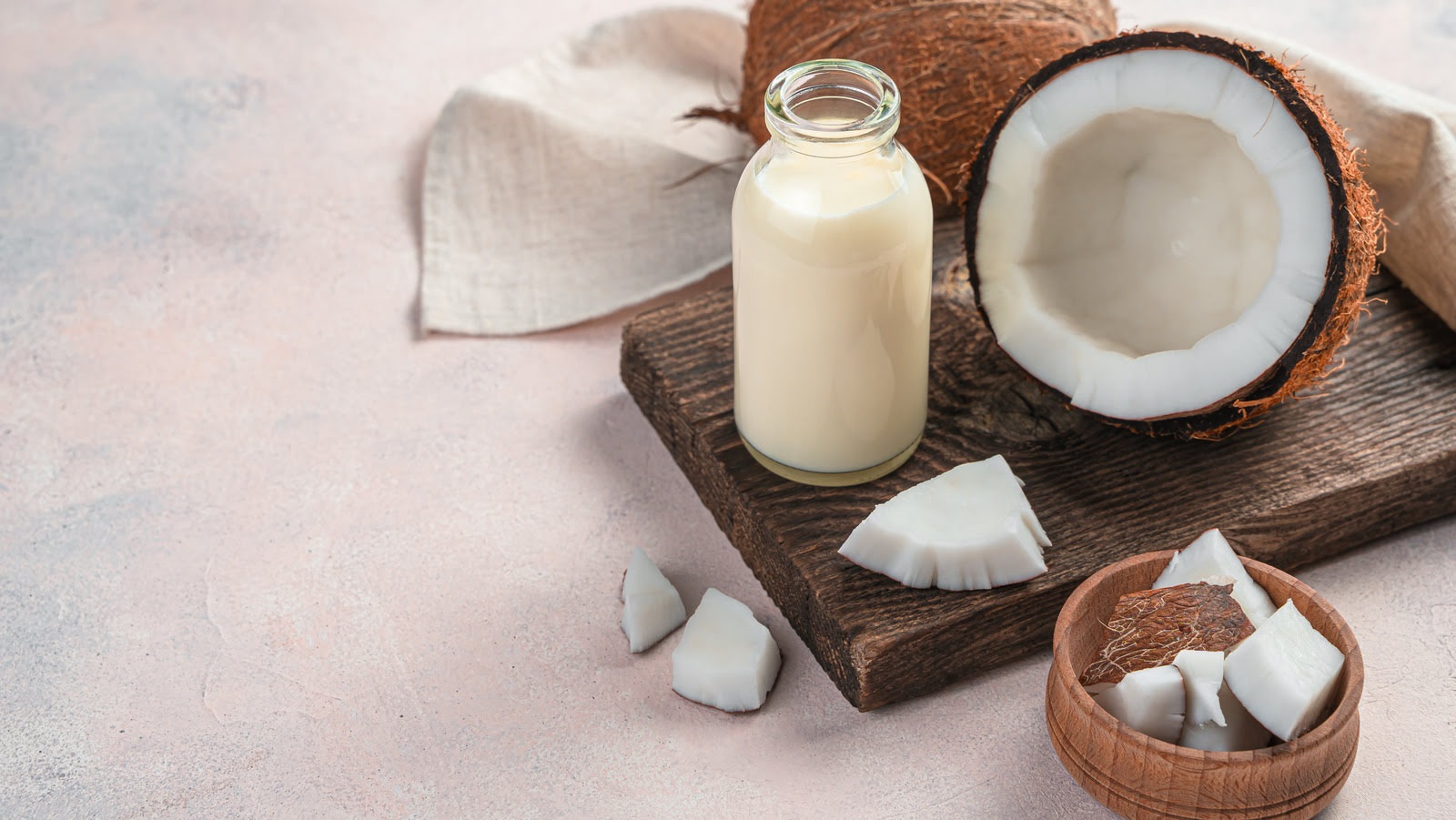
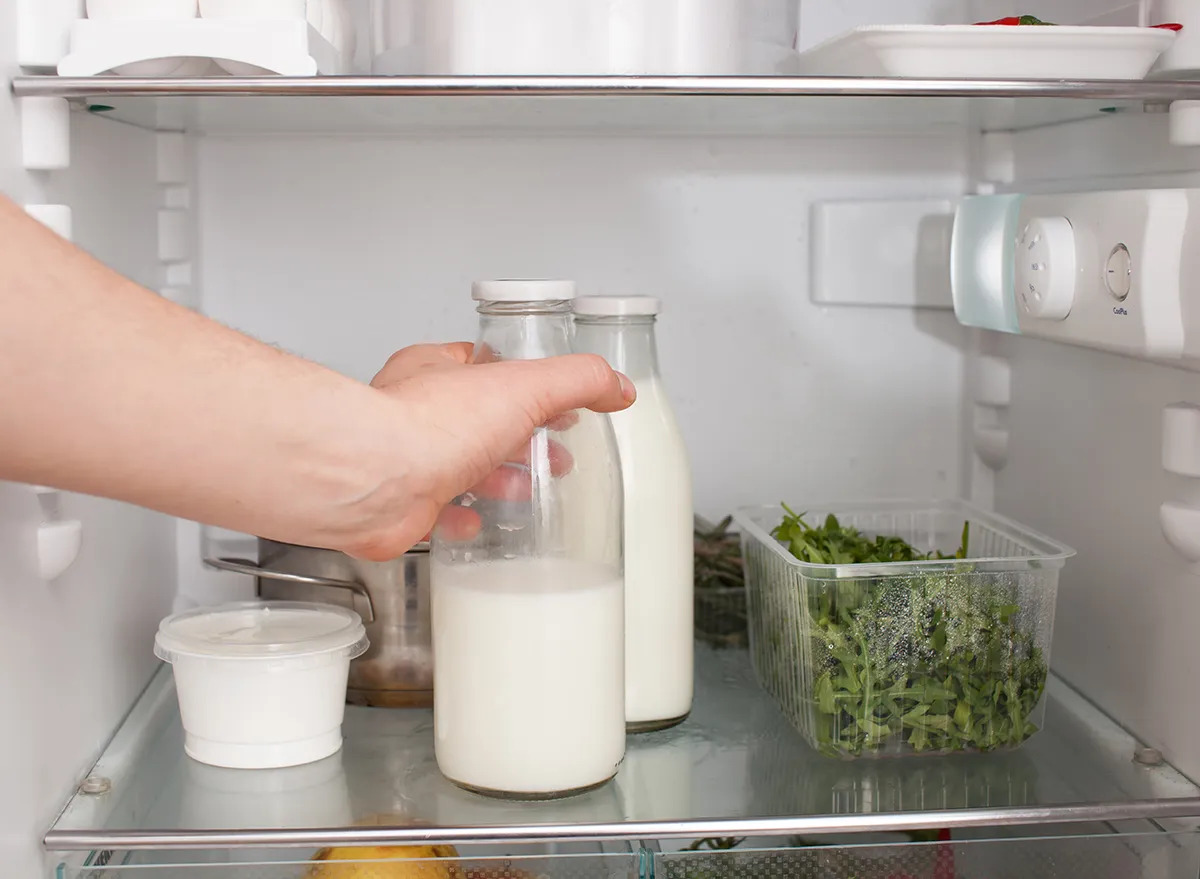
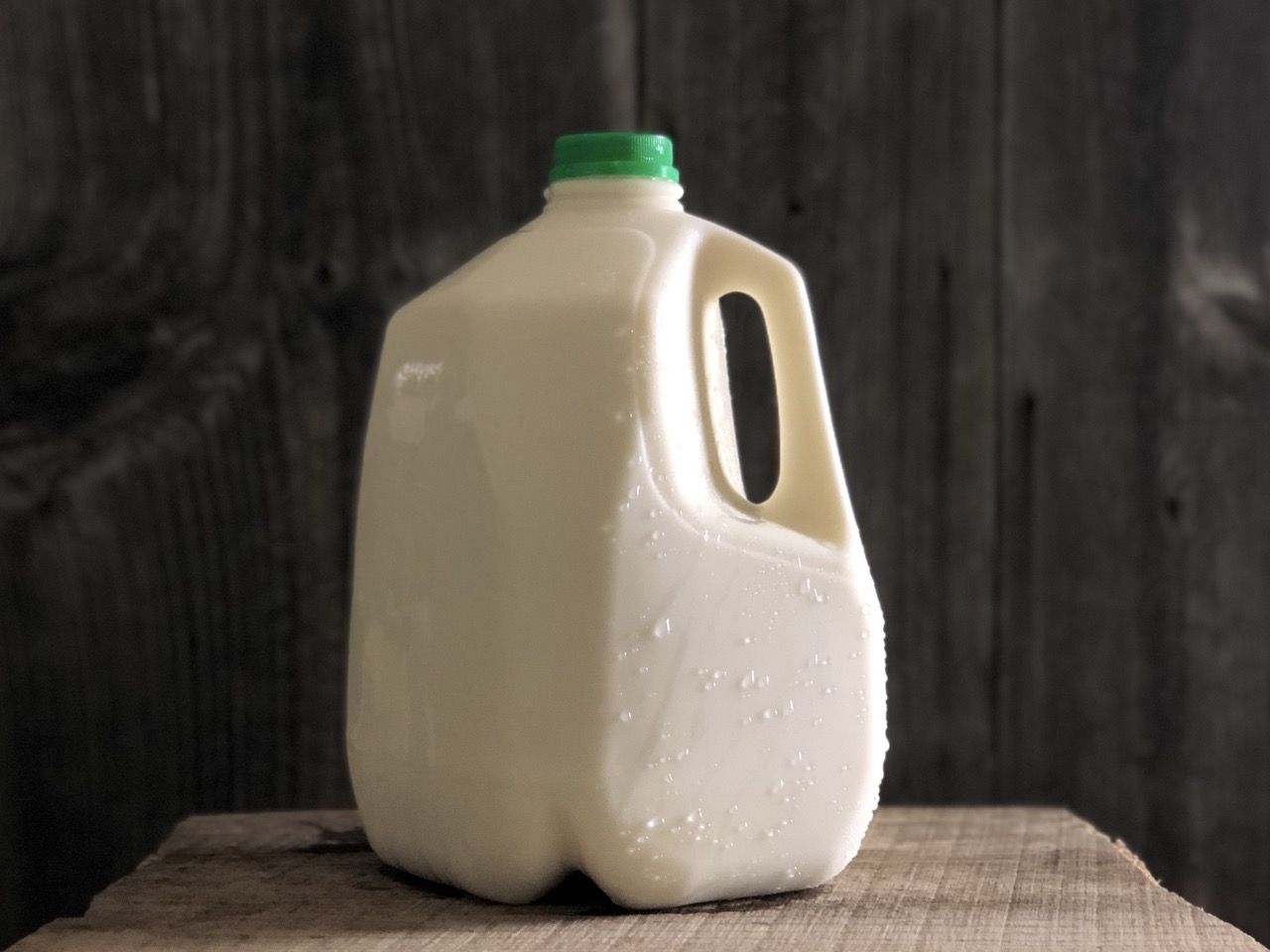

0 thoughts on “How To Store Kefir Grains Without Milk”